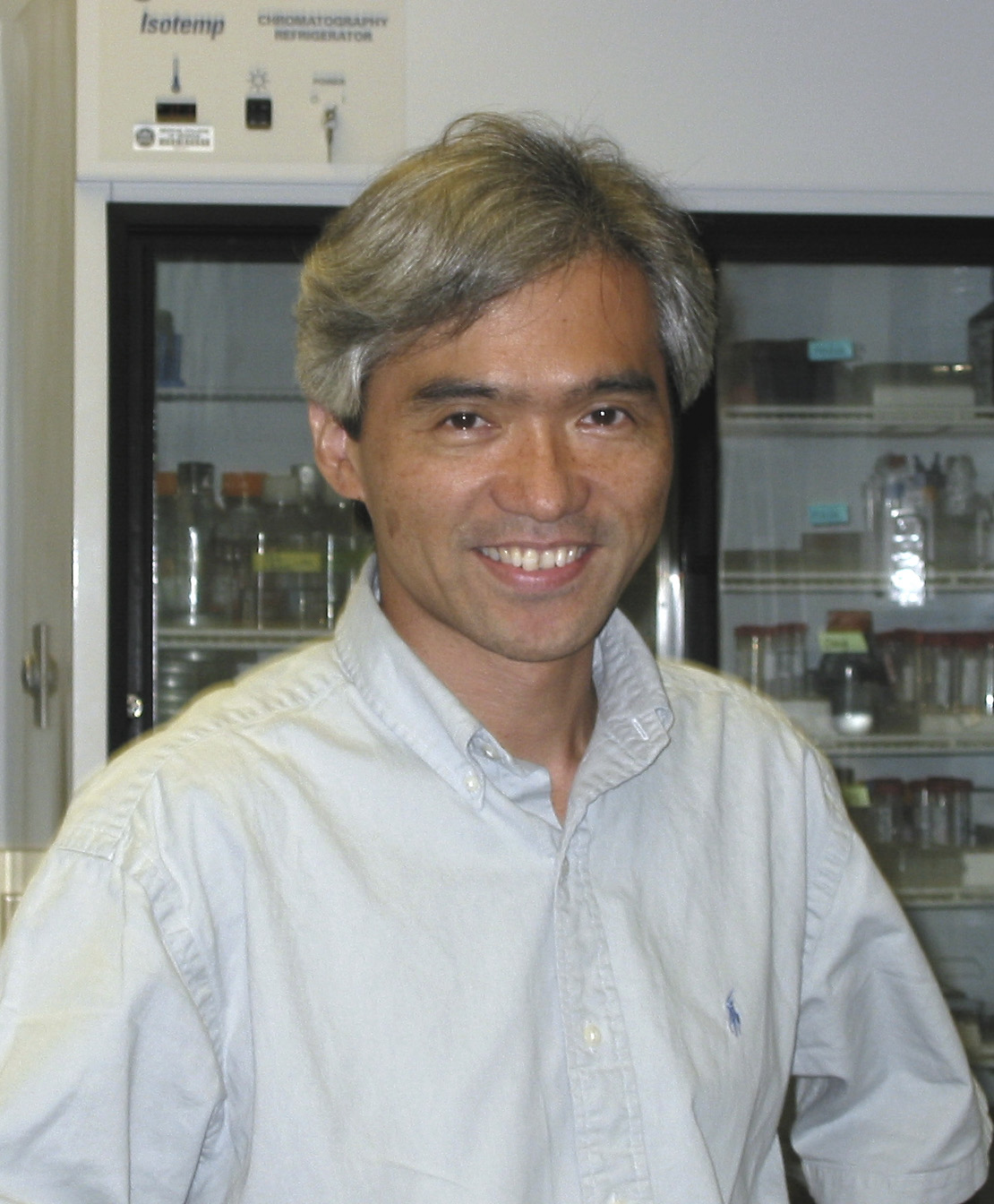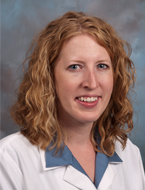Cellular basis of tissue regeneration by omentum. Journal Article
Local Library Link: Find It @ Loyola
| Authors: | Shah, S; Lowery, E; Braun, R. K.; Martin, A.; Huang, N.; Medina, M.; Sethupathi, P.; Seki, Y; Takami, M; Byrne, K.; Wigfield, C.; Love, R. B.; Iwashima, M |
| Article Title: | Cellular basis of tissue regeneration by omentum. |
| Abstract: | The omentum is a sheet-like tissue attached to the greater curvature of the stomach and contains secondary lymphoid organs called milky spots. The omentum has been used for its healing potential for over 100 years by transposing the omental pedicle to injured organs (omental transposition), but the mechanism by which omentum helps the healing process of damaged tissues is not well understood. Omental transposition promotes expansion of pancreatic islets, hepatocytes, embryonic kidney, and neurons. Omental cells (OCs) can be activated by foreign bodies in vivo. Once activated, they become a rich source for growth factors and express pluripotent stem cell markers. Moreover, OCs become engrafted in injured tissues suggesting that they might function as stem cells.Omentum consists of a variety of phenotypically and functionally distinctive cells. To understand the mechanism of tissue repair support by the omentum in more detail, we analyzed the cell subsets derived from the omentum on immune and inflammatory responses. Our data demonstrate that the omentum contains at least two groups of cells that support tissue repair, immunomodulatory myeloid derived suppressor cells and omnipotent stem cells that are indistinguishable from mesenchymal stem cells. Based on these data, we propose that the omentum is a designated organ for tissue repair and healing in response to foreign invasion and tissue damage. |
| Journal Title: | PloS one |
| Volume: | 7 |
| Issue: | 6 |
| ISSN: | 1932-6203; 1932-6203 |
| Publisher: | Unknown |
| Journal Place: | United States |
| Date Published: | 2012 |
| Start Page: | e38368 |
| Language: | English |
| DOI/URL: |
|
| Notes: | ID: 12637; Status: MEDLINE; Publishing Model: Journal available in: Print-Electronic Citation processed from: Internet; NLM Journal Code: 101285081; Other ID: Source: NLM. PMC3368844; Grant Number: R01 AI055022 (United States NIAID NIH HHS) |



